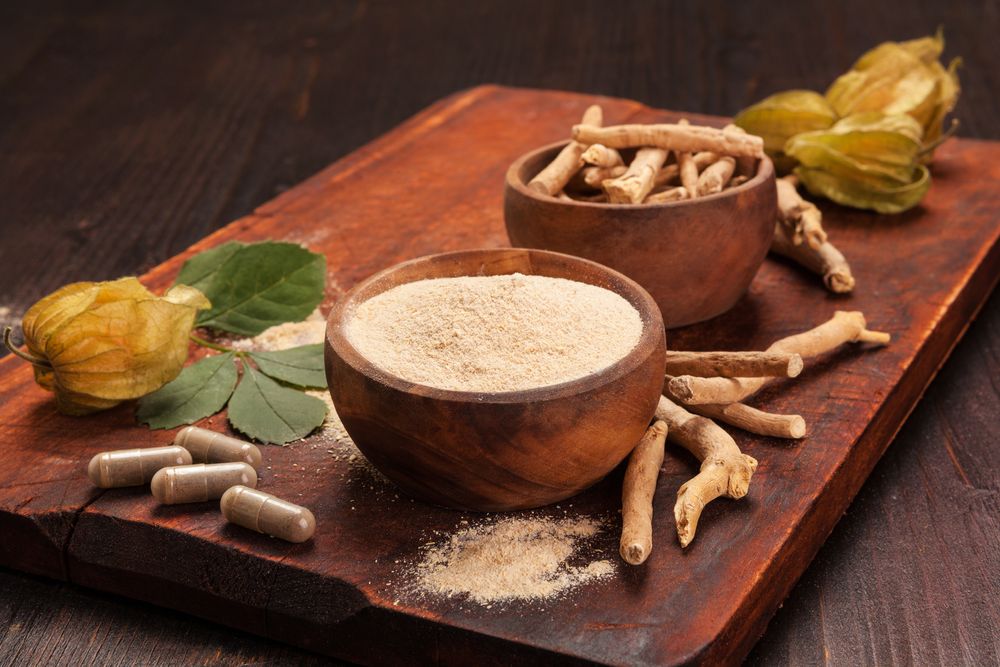Kamala Somasundaram, a health and nutrition expert, argues there is little evidence proving that ashwagandha is beneficial for arthritis.
Ashwagandha: Benefits and Side Effects
By Kamala Somasundaram
October 26, 2020
We have often heard of ayurvedic medicines and herbs that offer a lot of health benefits. Though there are no promising studies conducted to prove the health benefits of several herbs, in India, these herbs have been used since ages, and several people have reaped the benefits. One of the most promising herbs in ayurvedic medicine, Ashwagandha is known for its immense benefits.
What is ashwagandha?
Commonly known as ashwagandha in India, it is also called poison gooseberry and winter cherry, and it belongs to the Solanaceae family or the nightshade family. Ashwagandha is a combination of two different Sanskrit words, ‘Ashwa’ meaning horse and ‘Gandha’ which means smell. The combination of the two words reflects that the herb has a strong horse-like odour. Its biological species name is Withania Somnifera, and Somnifera means ‘sleep-inducing’ in Latin. Ashwagandha is known to aid in getting a good night’s sleep.
An evergreen shrub that grows in India, the Middle East and some parts of Africa, Ashwagandha is considered the most important herb in the Ayurvedic medicine system. The Ayurvedic medicine system started more than three thousand years ago, and ashwagandha has been a part of the system since then. Widely known as ‘Rasayana,’ it is believed to help you maintain your youth physically and mentally. Historically, the roots of this herb are used to treat several ailments like stress, anxiety, constipation, insomnia, among others. It is not just the roots, even the leaves, seeds and fruits are used for various treatments.
Ashwagandha is cultivated in drier regions of India, Nepal, China, and Yemen. The plant prefers dry stony soil with the sun to partial shade. It can be grown from seed or greenwood cuttings. If you are using the seed, then you will need to sow it in early spring. Greenwood cuttings can be planted later in the spring. It is important to know that the plant is prone to several pests and diseases and needs a lot of attention.
Like the tomato, Ashwagandha belongs to the nightshade family. It is a plump shrub with oval leaves and yellow flowers which bears red fruit about the size of a raisin. It is an adaptogenic herb as well as an aphrodisiac. The plant is also called the Indian ginseng for its rejuvenating properties, though botanically ashwagandha and ginseng are unrelated.








